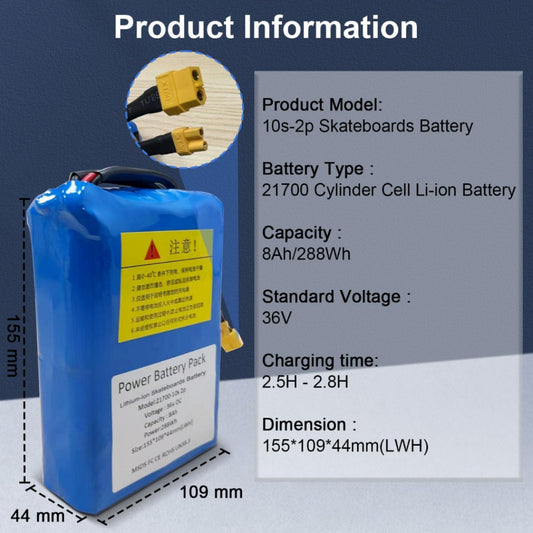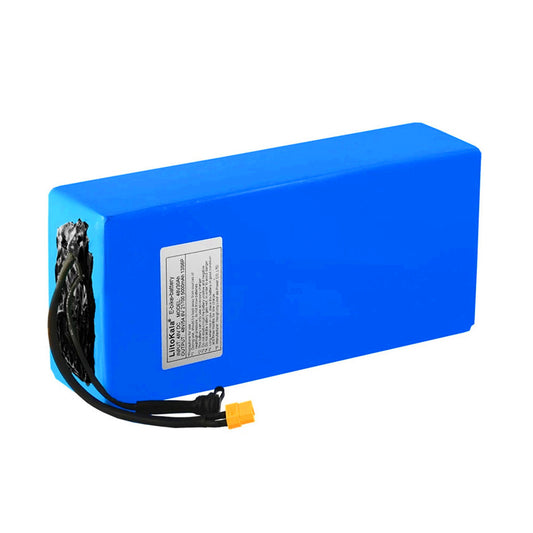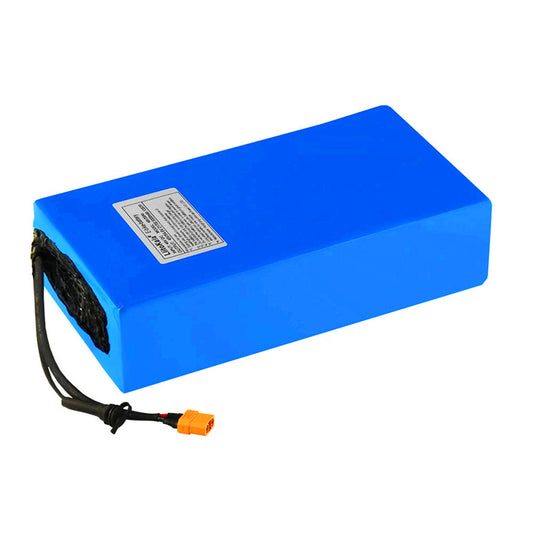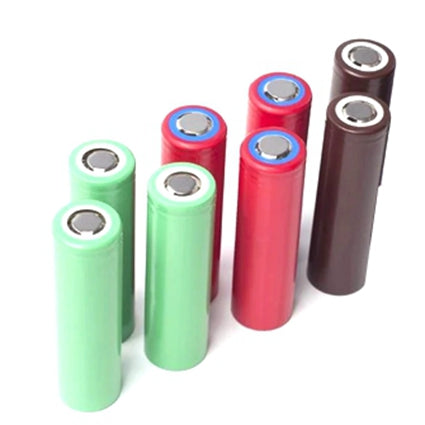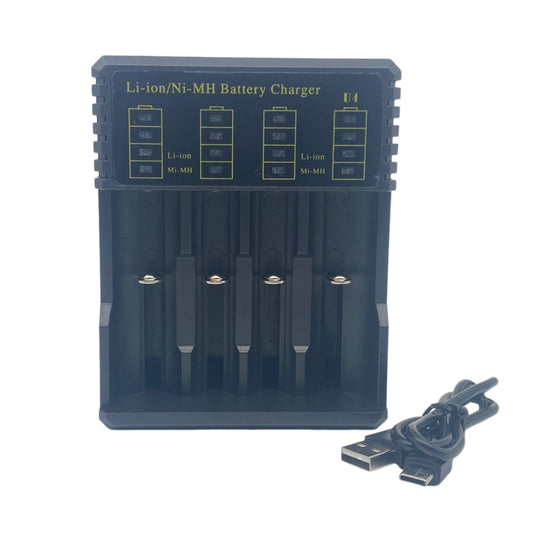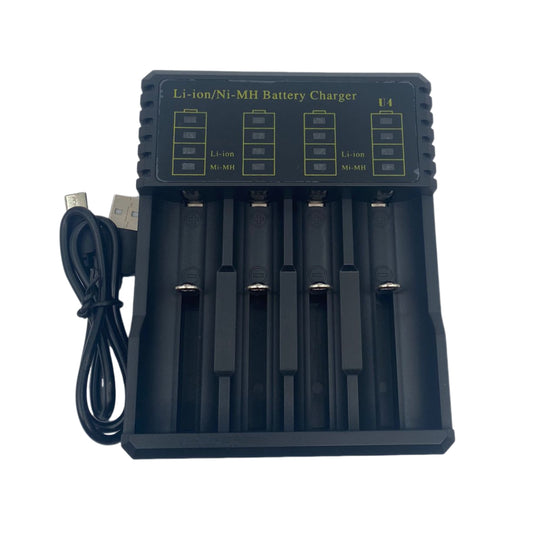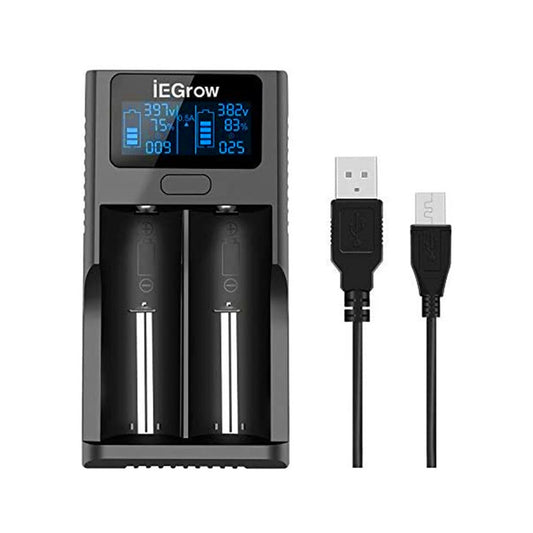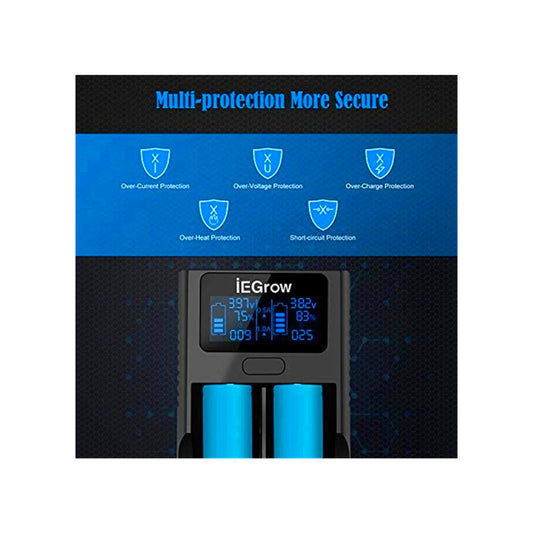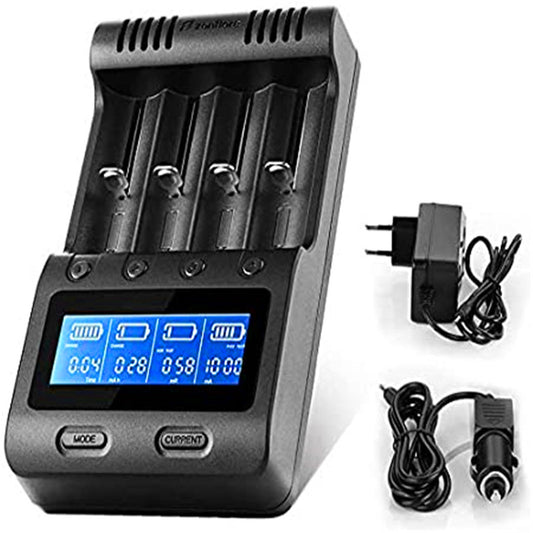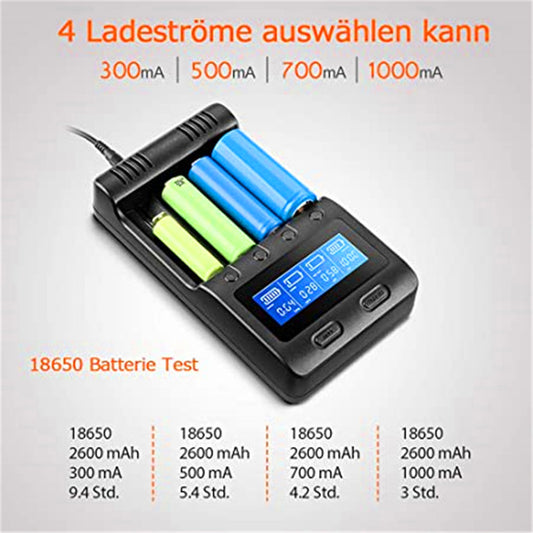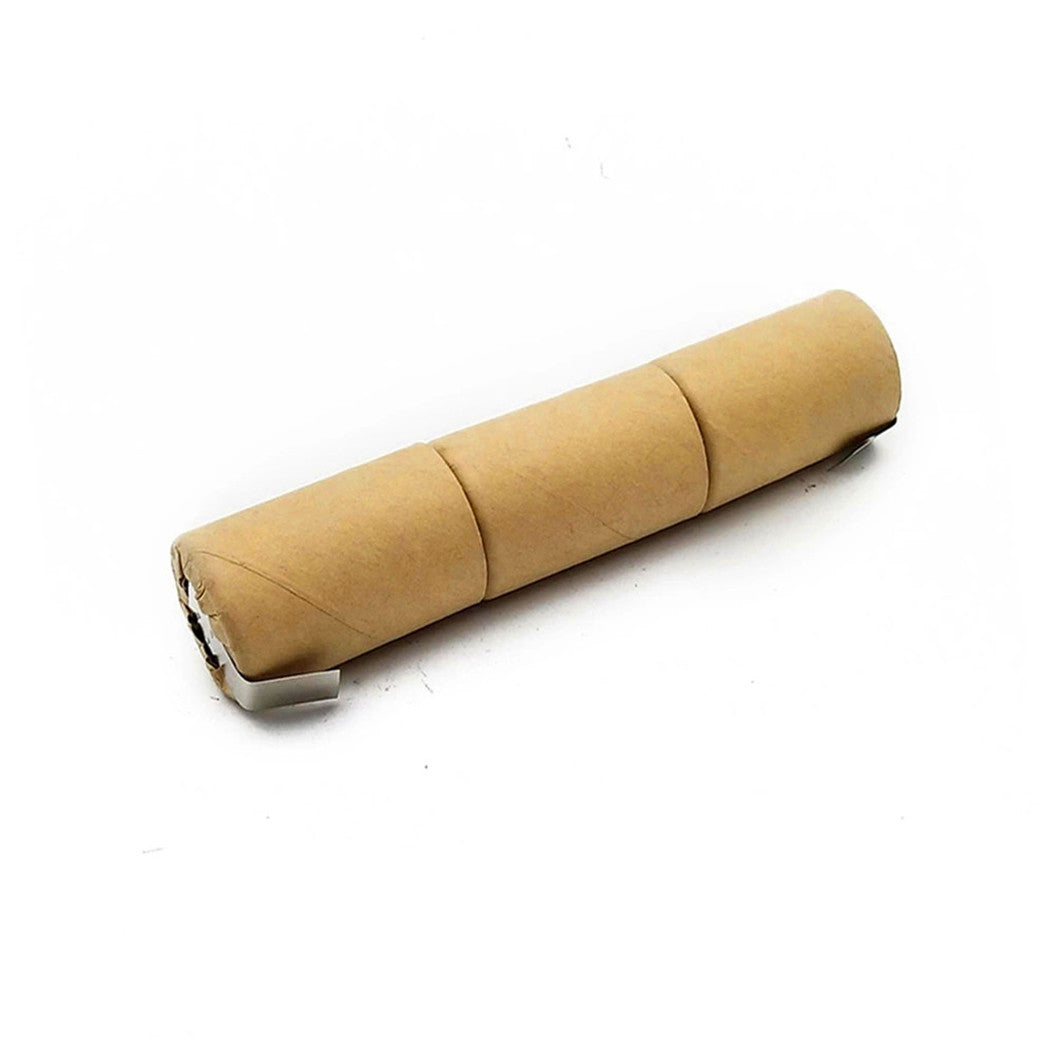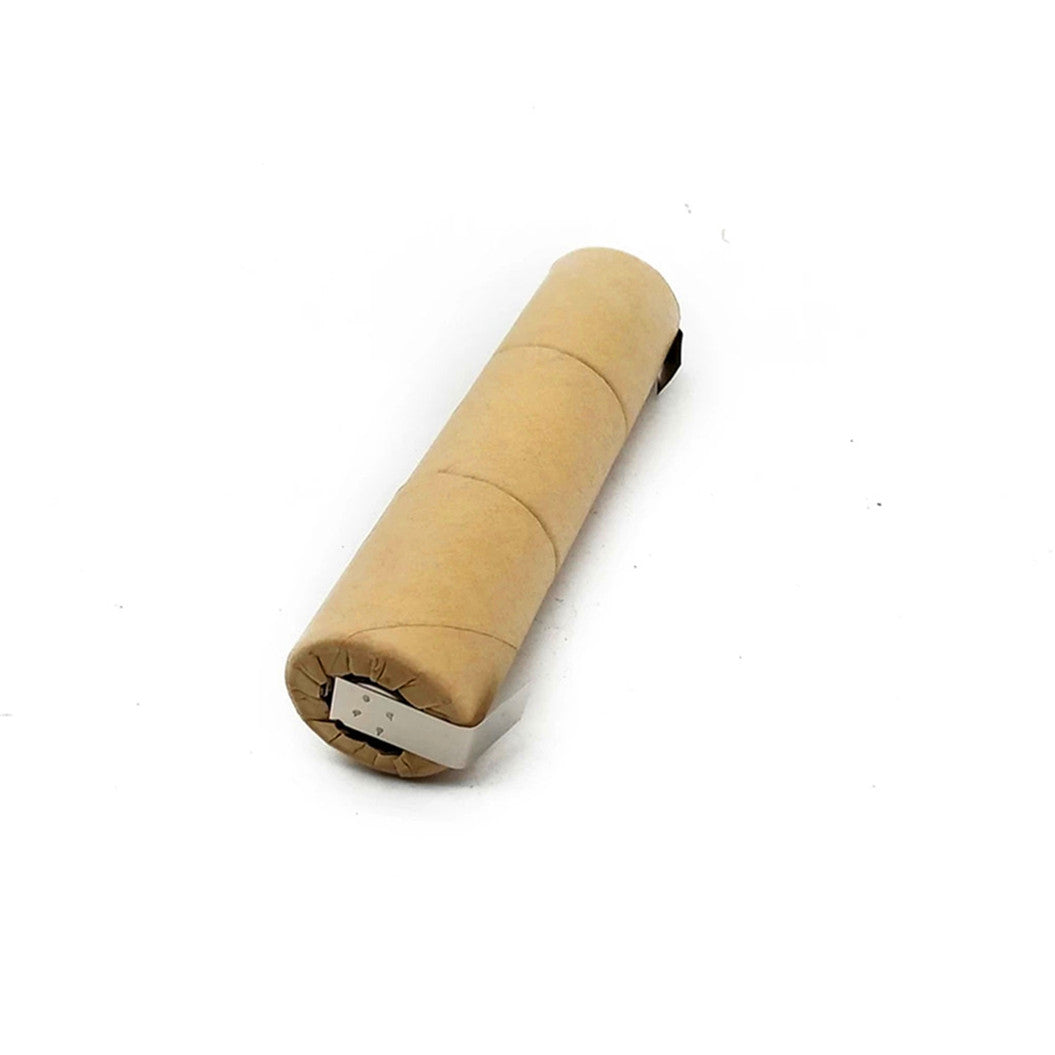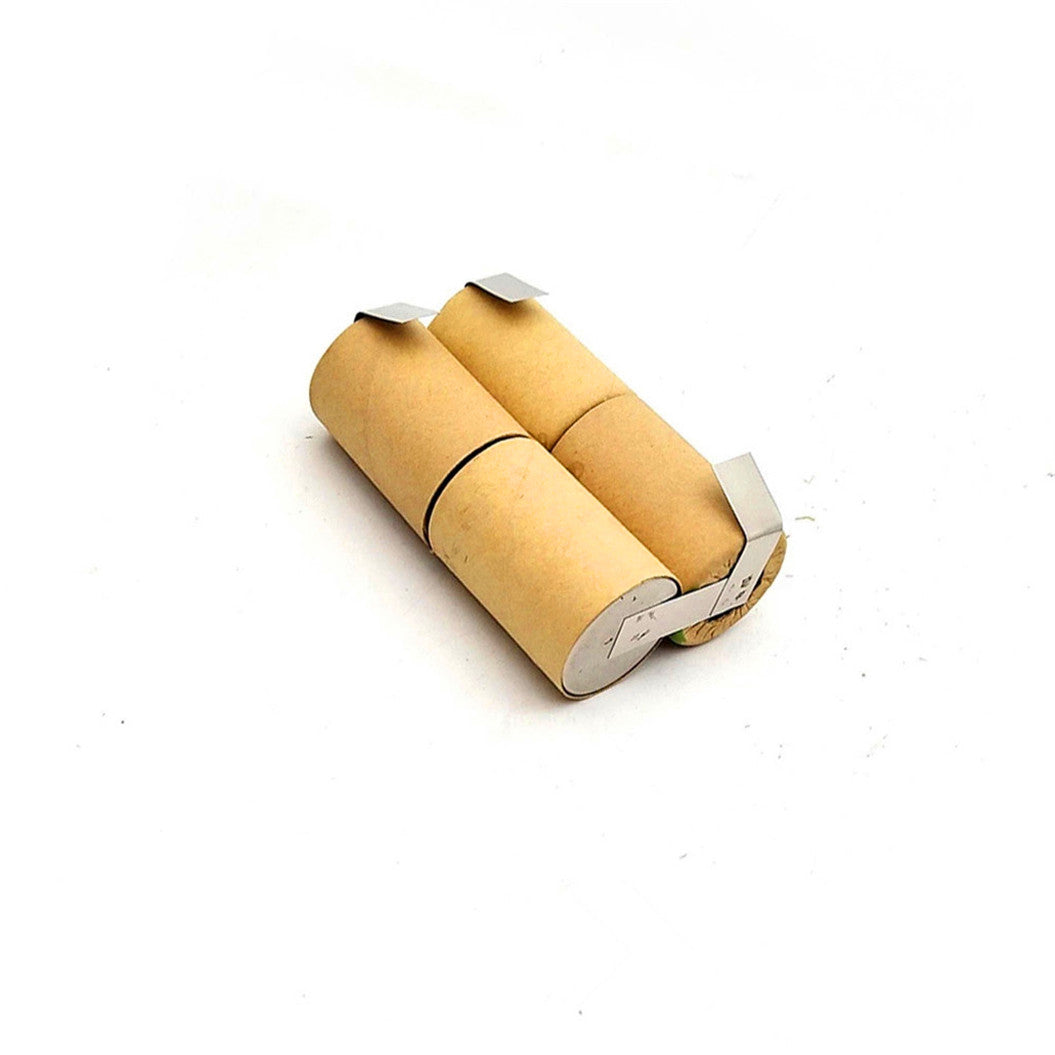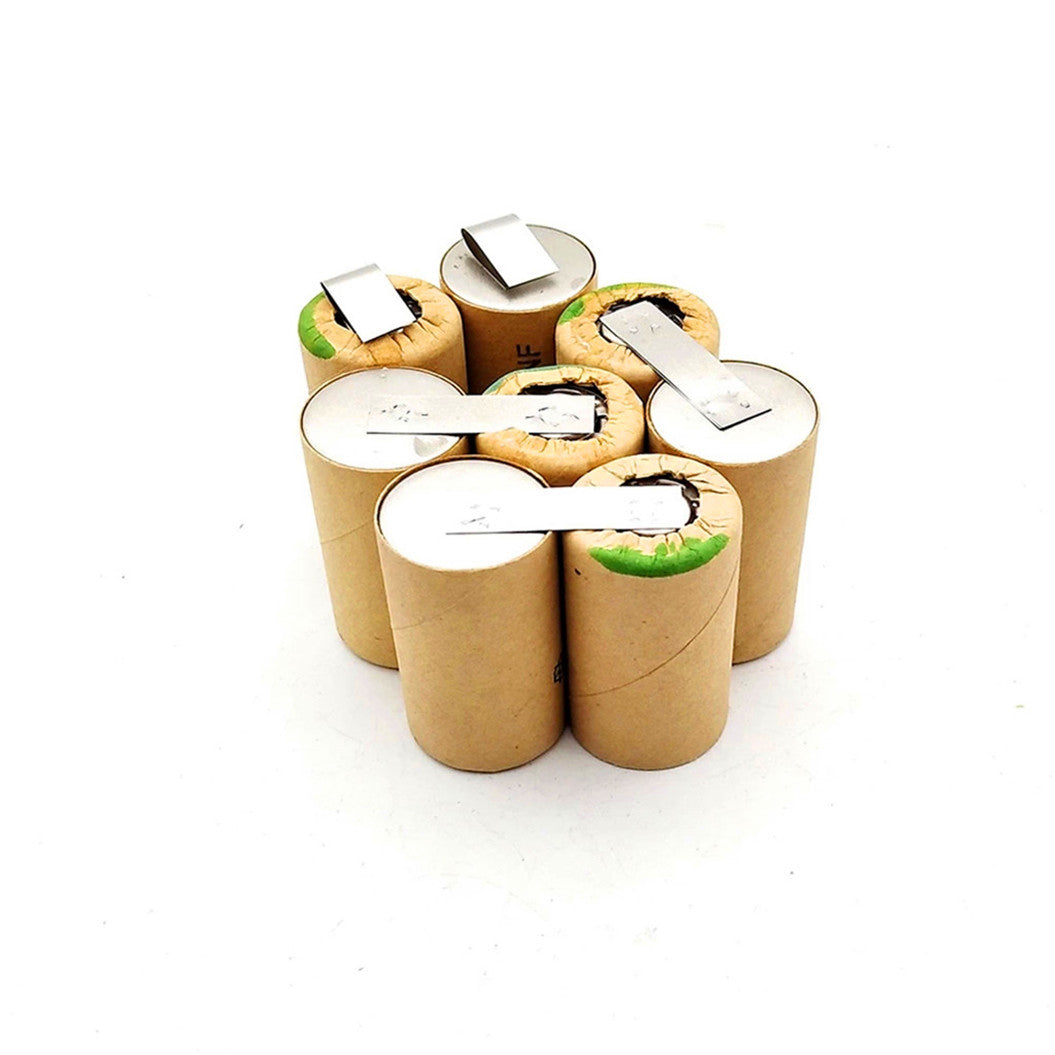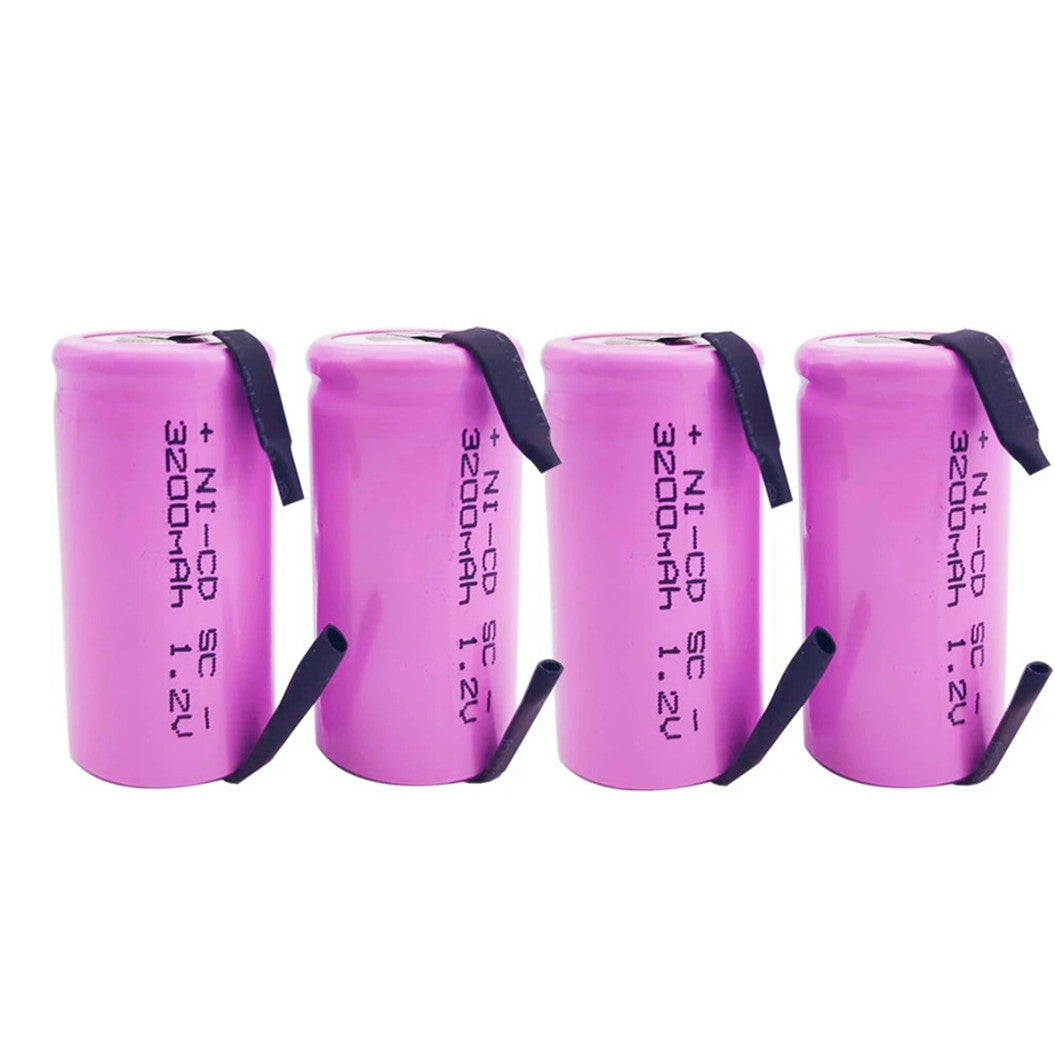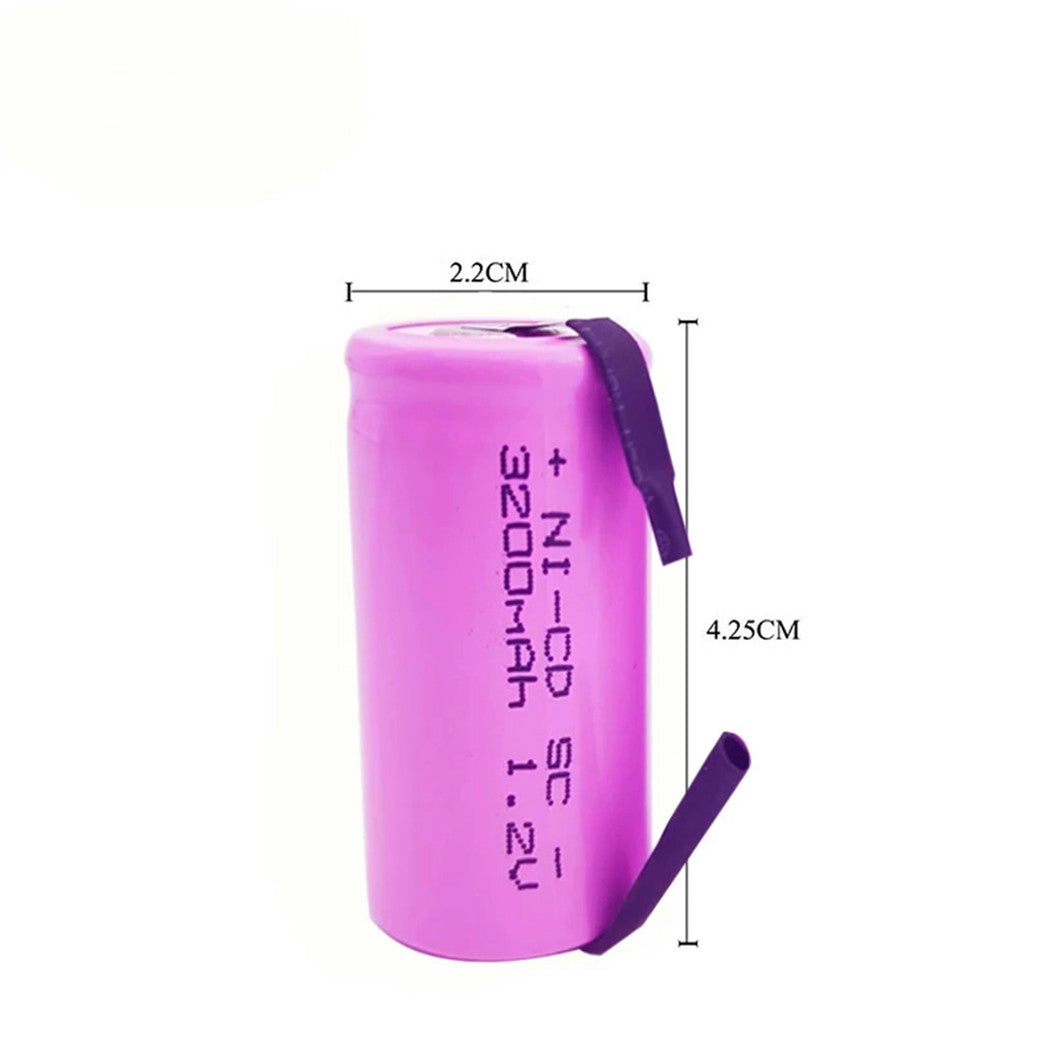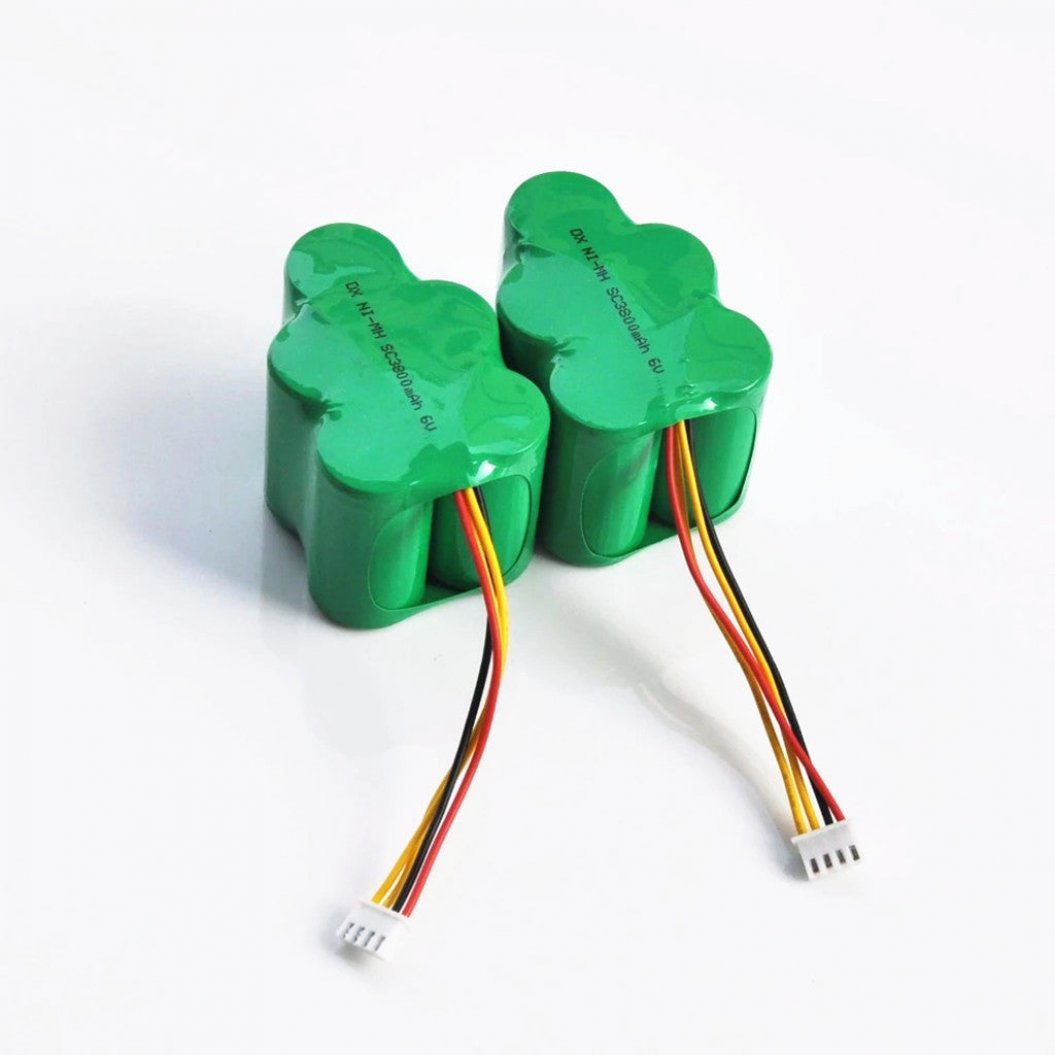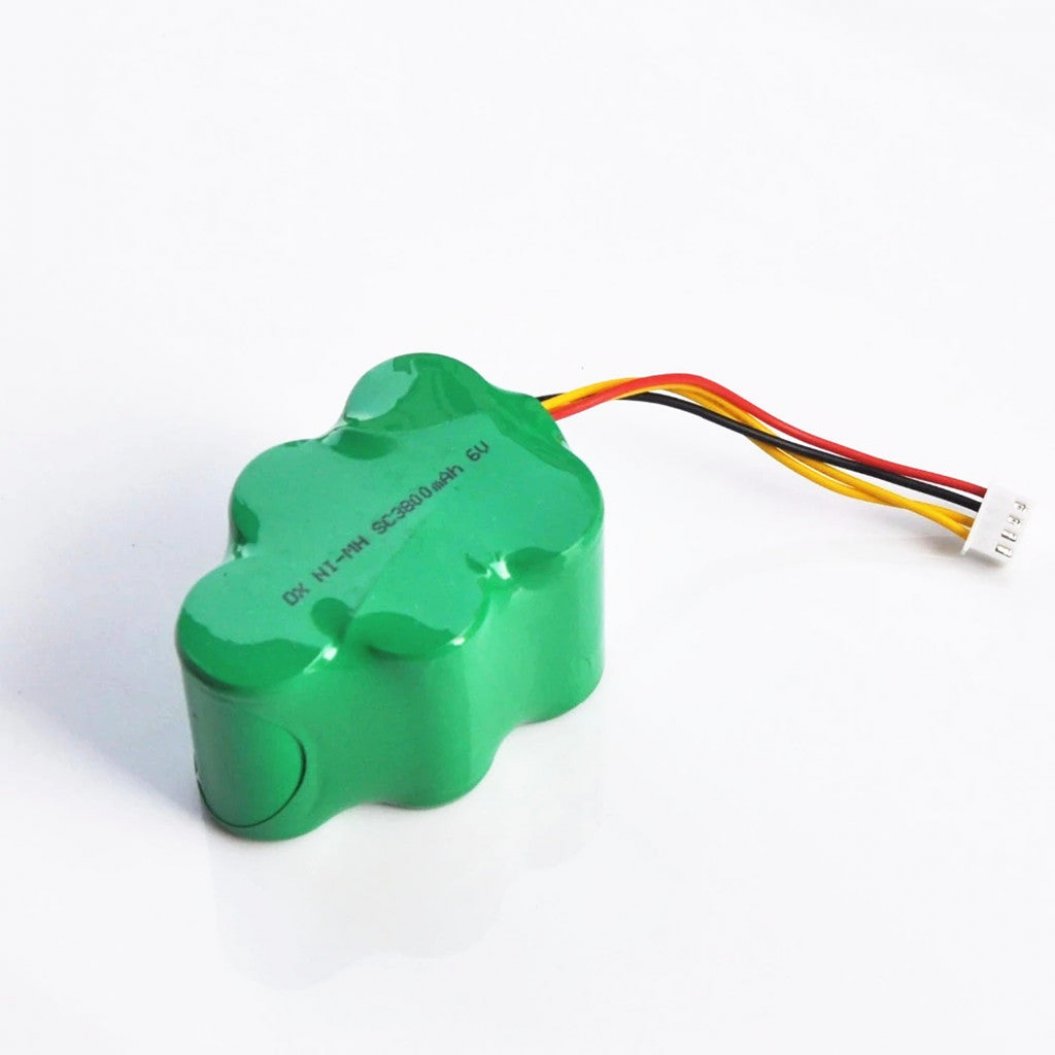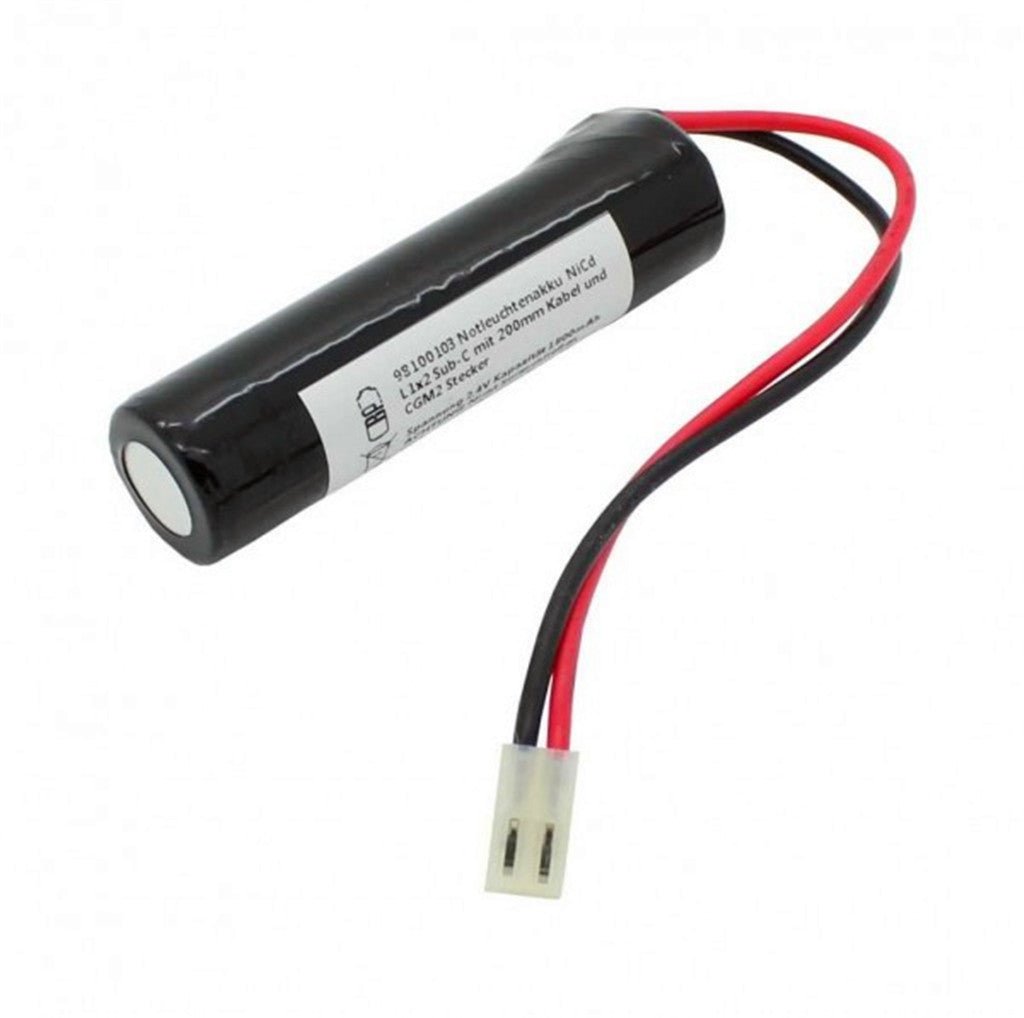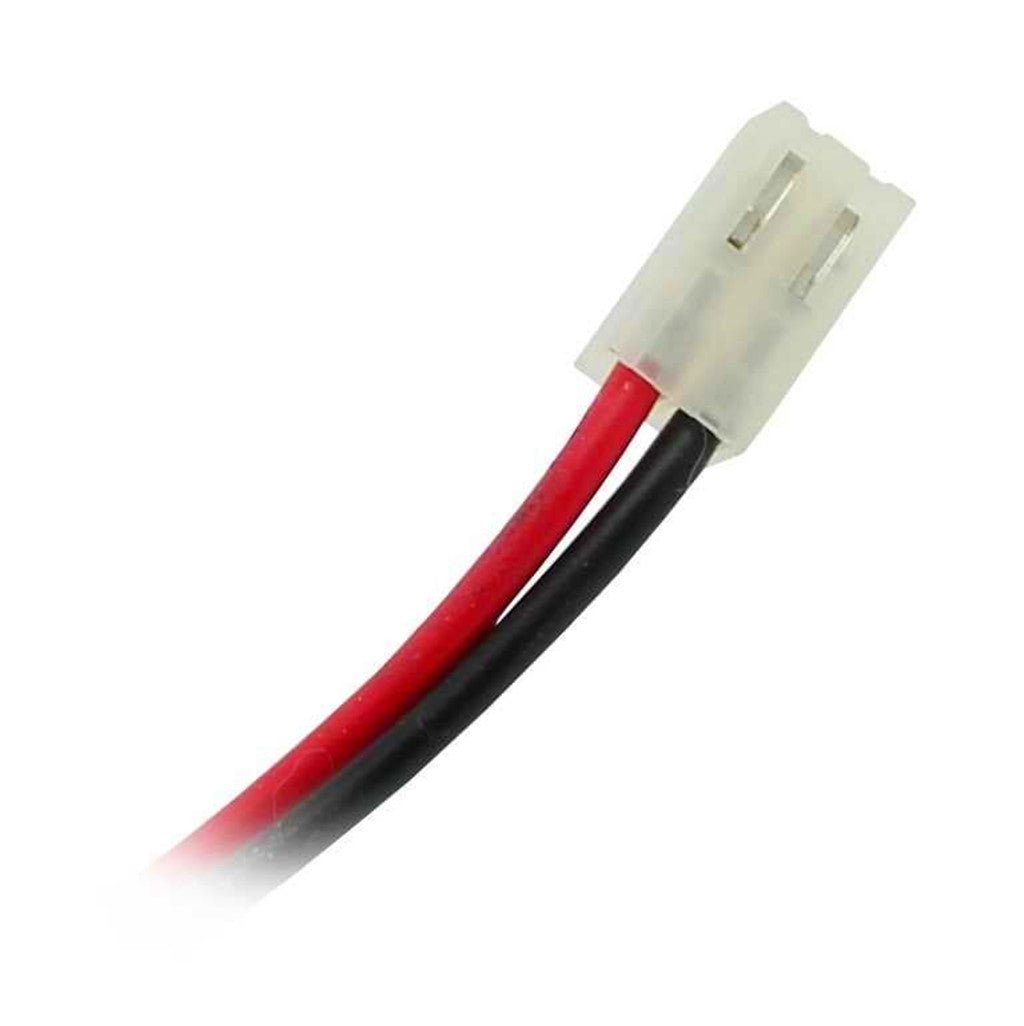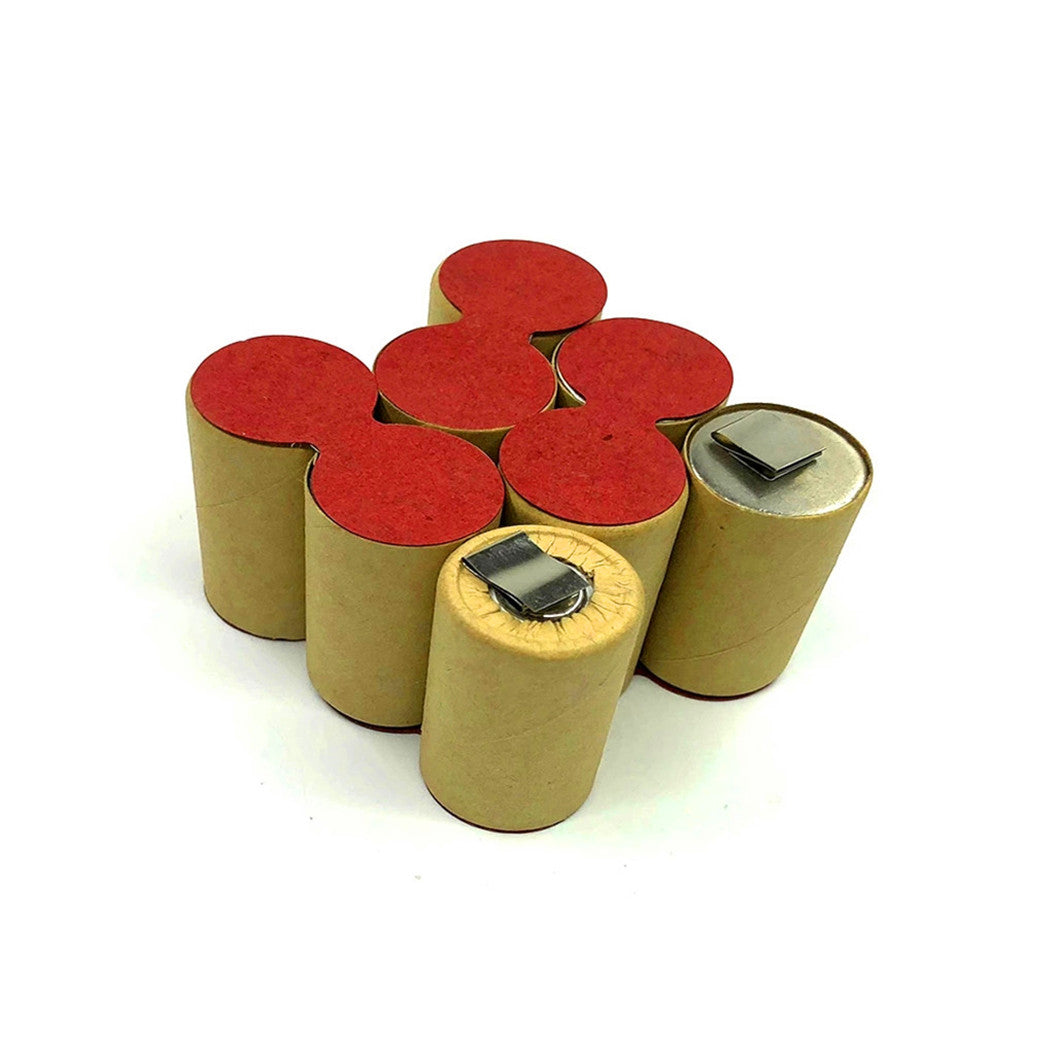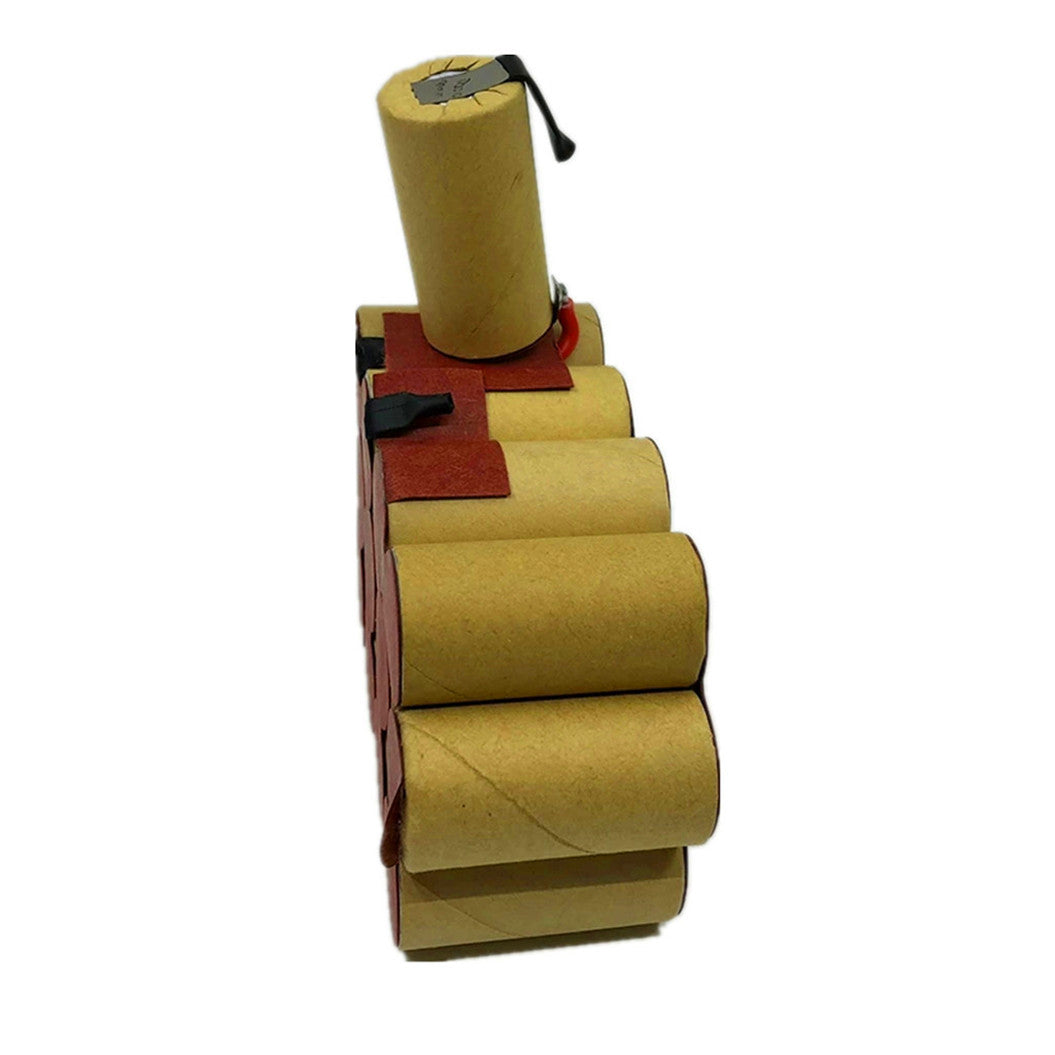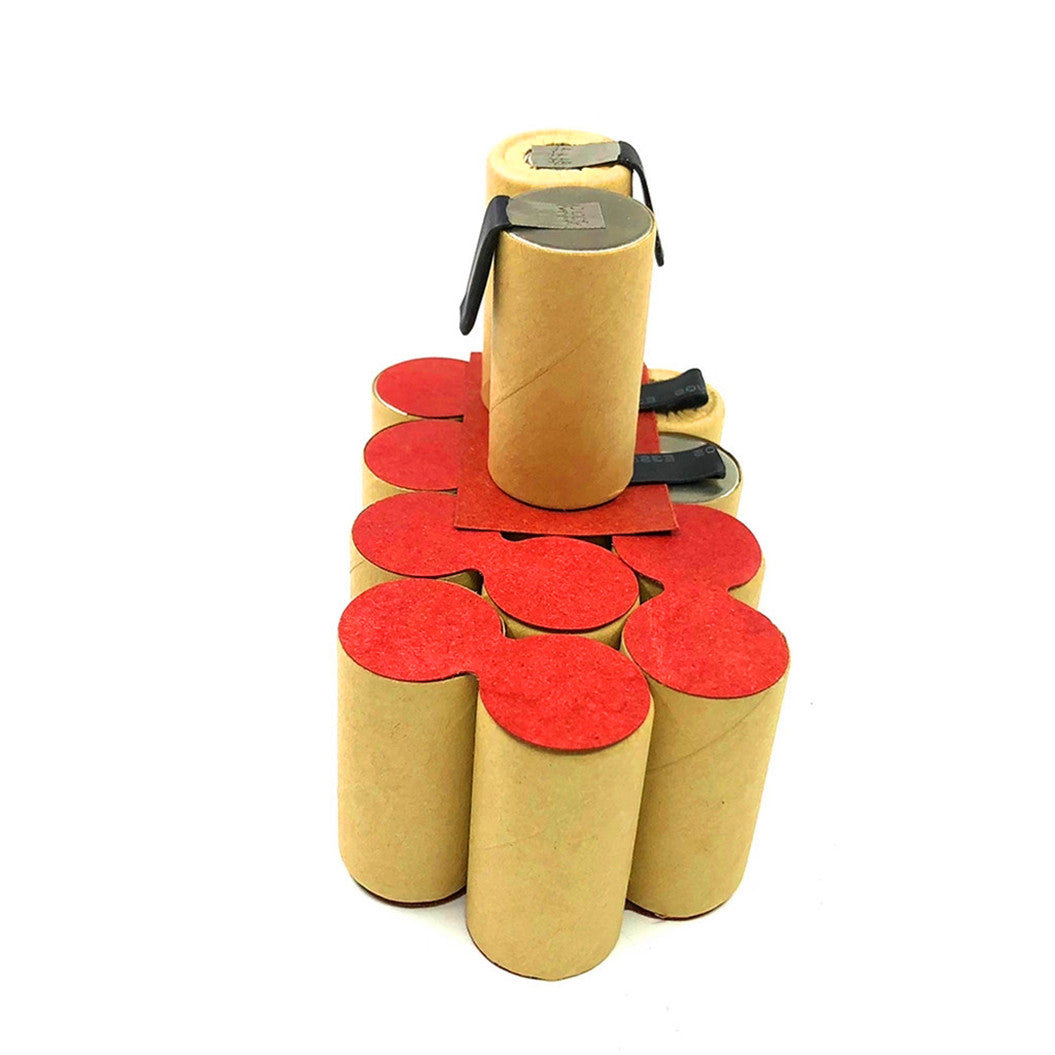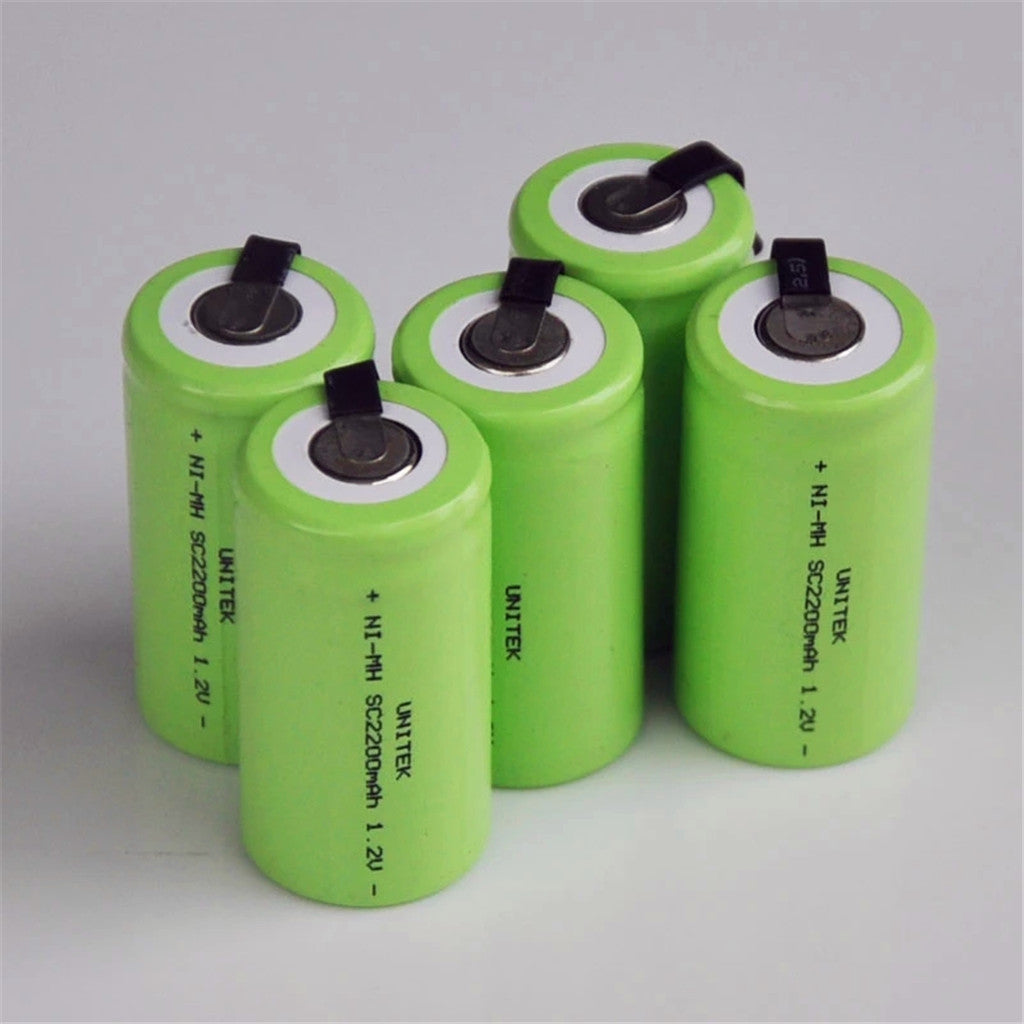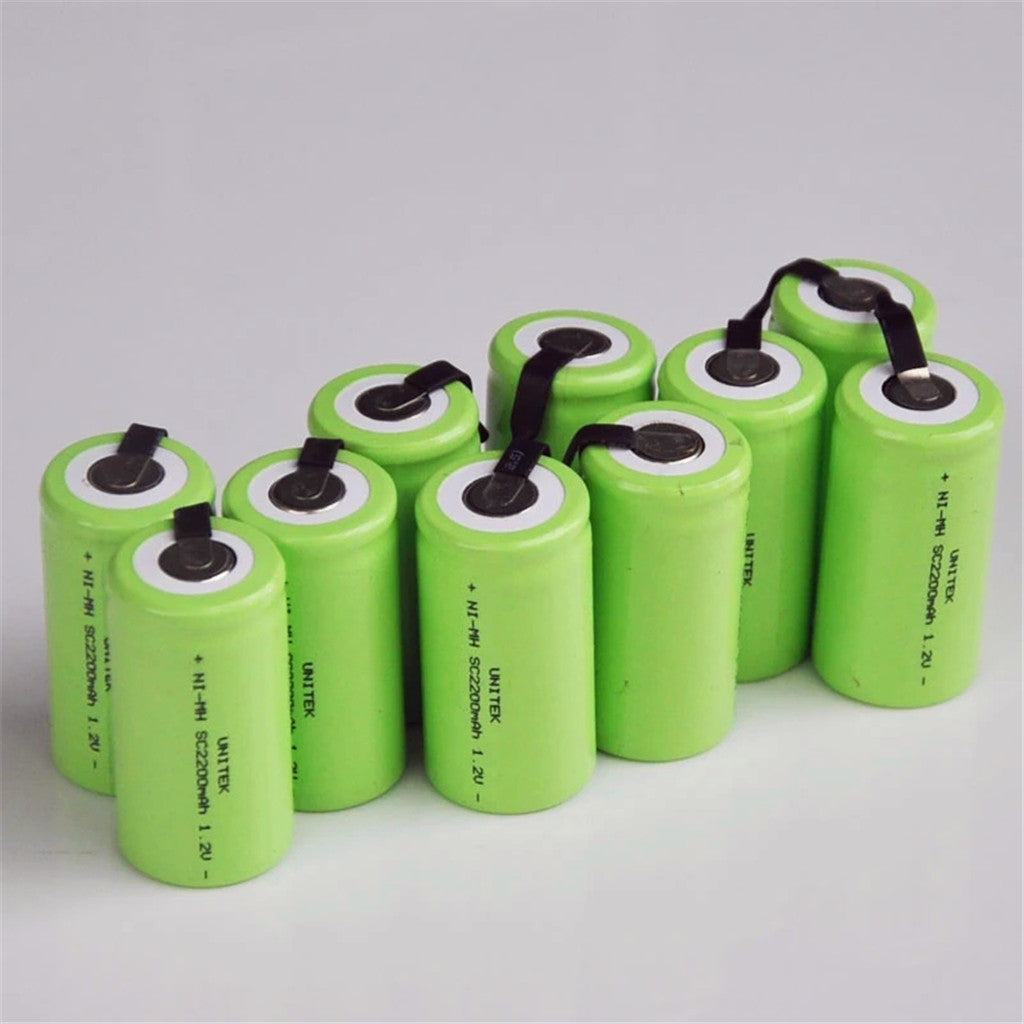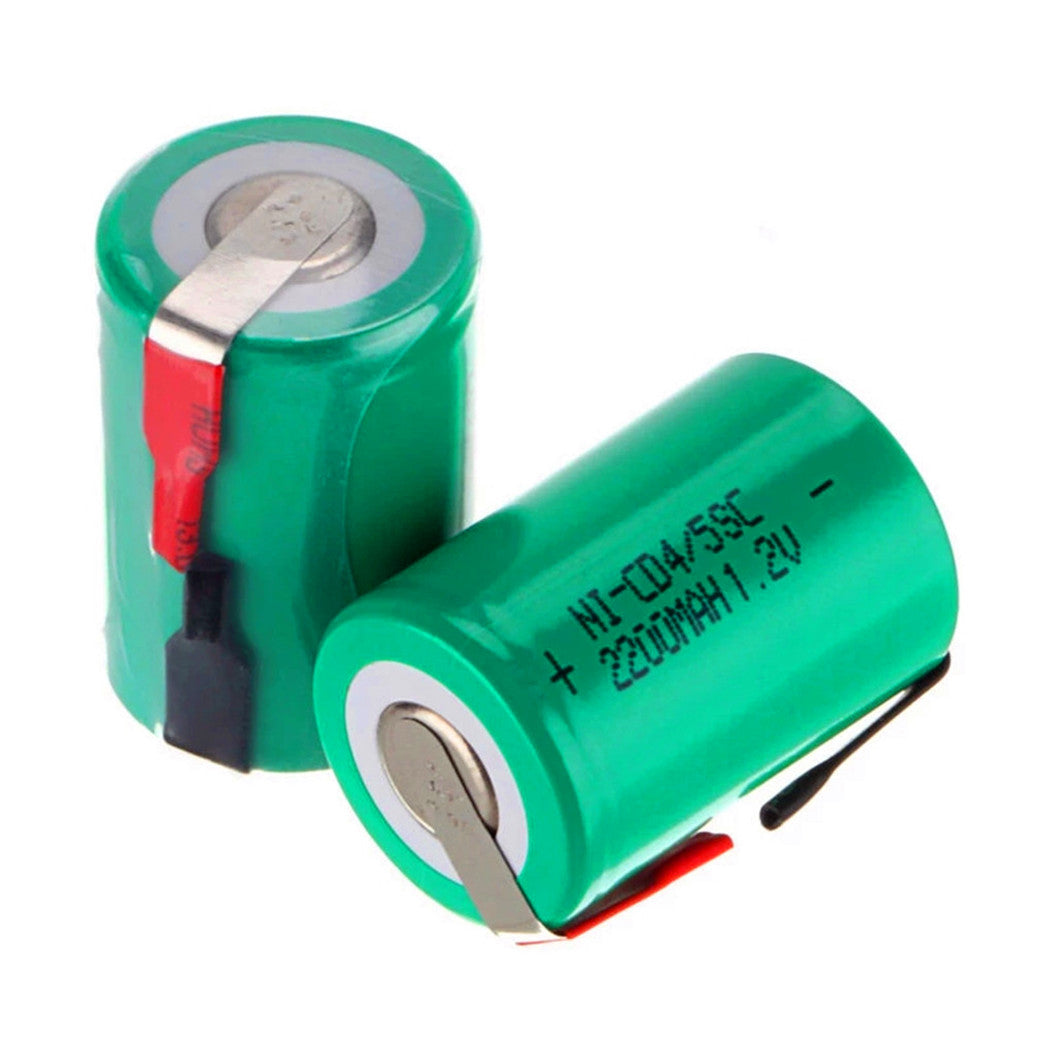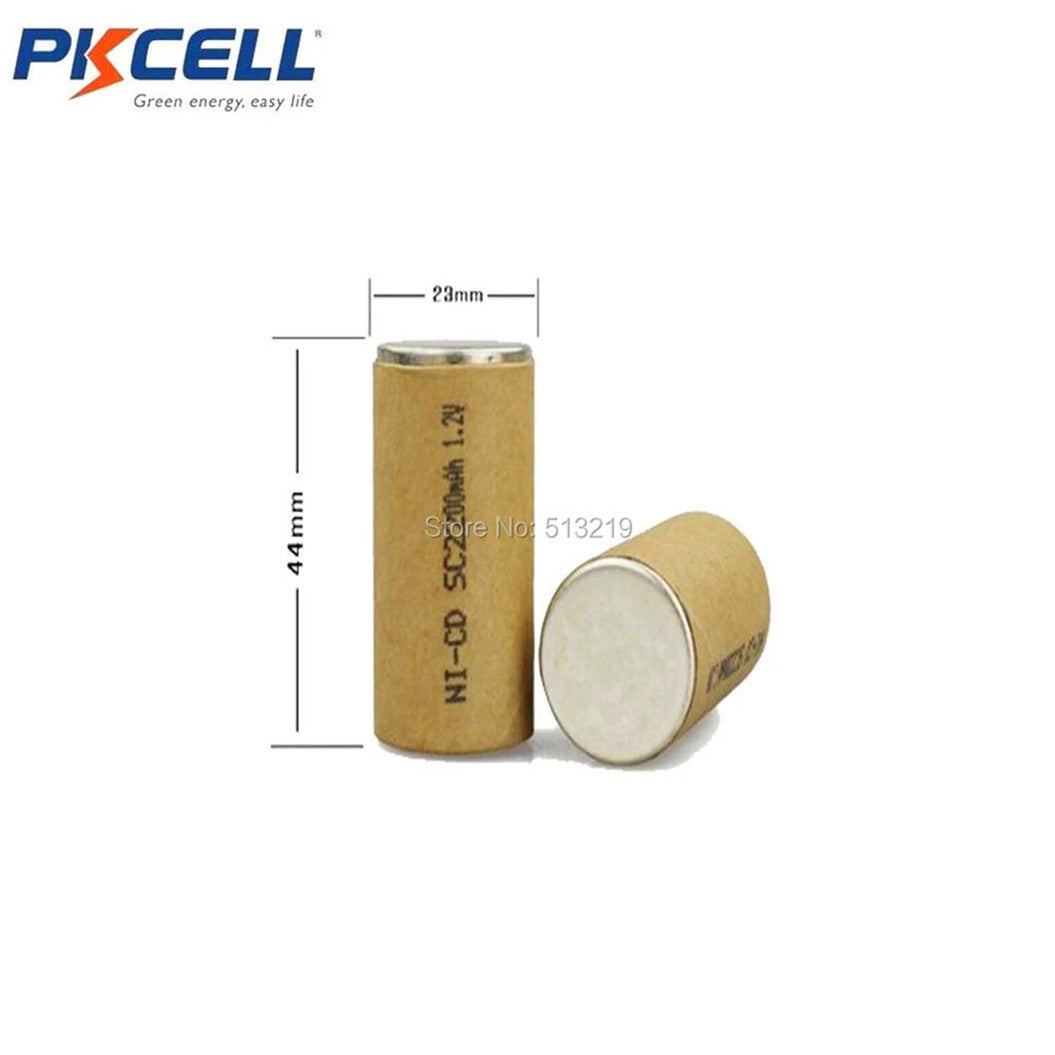-
Distributeur :BATTERYINT
Batterie 4/5SC 3000mAh pour Bosch 3,6V Ni-MH CD 2607335062 20091609203 P68 pour auto-installation
- Prix habituel
- $13.99
- Prix habituel
-
- Prix soldé
- $13.99
- Prix unitaire
- par
Batterie 4/5SC 3000mAh pour Bosch 3,6V Ni-MH CD... -
Distributeur :BATTERYINT
Batterie Ni-MH 4,8 V 3000 mAh pour Black & Decker, 9045
- Prix habituel
- $18.99
- Prix habituel
-
- Prix soldé
- $18.99
- Prix unitaire
- par
Batterie Ni-MH 4,8 V 3000 mAh pour Black & ... -
Distributeur :BATTERYINT
Batterie 4/5SC 3000mAh pour Black Decker 9,6 V Ni-MH CD HP9096 5101866-00 pour auto-installation
- Prix habituel
- $26.99
- Prix habituel
-
- Prix soldé
- $26.99
- Prix unitaire
- par
Batterie 4/5SC 3000mAh pour Black Decker 9,6 V ... -
Distributeur :BATTERYINT
Lot de 20 batteries SC 3200 mAh 1,2 V 4/5 SC Sub C Ni-cd, avec perceuse, tournevis, pièce de soudage
- Prix habituel
- $34.17
- Prix habituel
-
- Prix soldé
- $34.17
- Prix unitaire
- par
Lot de 20 batteries SC 3200 mAh 1,2 V 4/5 SC Su... -
Distributeur :BATTERYINT
Lot de 2 batteries rechargeables SC NI-MH 6 V 3800 mAh pour aspirateur Ecovacs Deebot Deepoo 650 660
- Prix habituel
- $42.99
- Prix habituel
-
- Prix soldé
- $42.99
- Prix unitaire
- par
Lot de 2 batteries rechargeables SC NI-MH 6 V ... -
Distributeur :BATTERYINT
Batterie d'éclairage de secours NiCd 2,4 V 1800 mAh L1x2 Sub-C avec câble de 200 mm et connecteur CGM2
- Prix habituel
- $19.99
- Prix habituel
-
- Prix soldé
- $19.99
- Prix unitaire
- par
Batterie d'éclairage de secours NiCd 2,4V 1800m... -
Distributeur :BATTERYINT
Batterie Ni-MH 9,6 V 3000 mAh pour Master Würth, SD9,6 V, 0700 980213, 0700 980 213
- Prix habituel
- $25.99
- Prix habituel
-
- Prix soldé
- $25.99
- Prix unitaire
- par
Batterie Ni-MH 9,6 V 3000 mAh pour Master Würth... -
Distributeur :BATTERYINT
Batterie Ni-Mh 15,6 V 3,0 Ah SFB150 SFB155 SF151-A SF150-A C-pack
- Prix habituel
- $55.90
- Prix habituel
-
- Prix soldé
- $55.90
- Prix unitaire
- par
Batterie Ni-Mh 15,6 V 3,0 Ah SFB150 SFB155 SF15... -
Distributeur :BATTERYINT
Batterie Ni-MH 3000mAh 18V pour Ferm, CDA1044 Ferm FASB-18 / CDA6004
- Prix habituel
- $54.99
- Prix habituel
-
- Prix soldé
- $54.99
- Prix unitaire
- par
Batterie Ni-MH 3000mAh 18V pour Ferm, CDA1044 F... -
Distributeur :BATTERYINT
Lot de 5 batteries SC Ni-Mh 2200 mAh 1,2 V pour perceuse électrique Makita Bosch Dewalt Hitachi Tools
- Prix habituel
- $23.50
- Prix habituel
-
- Prix soldé
- $23.50
- Prix unitaire
- par
Lot de 5 batteries SC Ni-Mh 2200 mAh 1,2 V pour... -
Distributeur :BATTERYINT
Lot de 4 batteries 4/5SC NI CD 1,2 V 2200 mAh Sub C pour tournevis, perceuse, torche, DIY SUBC
- Prix habituel
- $21.75
- Prix habituel
-
- Prix soldé
- $21.75
- Prix unitaire
- par
Lot de 4 batteries 4/5SC NI CD 1,2 V 2200 mAh S... -
Distributeur :BATTERYINT
Lot de 30 batteries rechargeables 2200 mAh 1,2 V NICD Sub C pour outils électriques, emballées dans du papier (dessus plat), 10 C, à haut débit SC
- Prix habituel
- $96.58
- Prix habituel
-
- Prix soldé
- $96.58
- Prix unitaire
- par
Lot de 30 batteries rechargeables 2200 mAh 1,2 ...
Affichage 1 -12 de 15 articles
1. Qu'est-ce qu'une batterie SC ou batterie Sub-C ?
Une batterie SC, également connue sous le nom de batterie Sub-C, est une cellule rechargeable couramment utilisée dans les appareils à forte consommation tels que les outils électriques, les véhicules télécommandés et les aspirateurs. Les batteries Sub-C sont plus grandes que les piles AA mais plus petites que les piles D, et elles fournissent un courant de sortie plus élevé, ce qui les rend idéales pour les appareils nécessitant une puissance importante. Ces batteries sont souvent fabriquées à partir de composés chimiques nickel-cadmium (NiCd) ou nickel-hydrure métallique (NiMH), offrant des performances durables pour diverses applications exigeantes.
2. Combien de temps dure une batterie Sub-C ?Combien de temps dure une batterie Sub-C ?
La durée de vie d'une batterie Sub-C dépend de sa composition chimique (NiCd ou NiMH), de la fréquence à laquelle elle est utilisée et de la qualité de son entretien. En moyenne, une batterie Sub-C bien entretenue peut durer entre 2 et 5 ans, ou fournir des centaines de cycles de charge. Des pratiques de charge appropriées, comme éviter de surcharger ou de décharger complètement la batterie SC, peuvent prolonger sa durée de vie et lui permettre de fonctionner efficacement.
3. Puis-je utiliser des piles Sub-C à la place d’autres types de piles ?
Les piles Sub-C sont généralement utilisées dans des appareils spécifiques qui nécessitent une sortie de courant élevée. Elles ne sont donc pas forcément interchangeables avec des piles plus petites comme les piles AA ou C. Si votre appareil nécessite l'utilisation d'une pile Sub-C, il est important d'utiliser la taille et la tension appropriées pour garantir un fonctionnement correct. L'utilisation d'une pile inadaptée, comme le remplacement d'une pile SC par une pile plus petite, peut entraîner une alimentation insuffisante et des dommages potentiels à l'appareil.
4. Quels appareils utilisent couramment des piles Sub-C ?
Les batteries Sub-C sont couramment utilisées dans les appareils qui nécessitent une puissance de sortie élevée, tels que les outils électriques sans fil, les aspirateurs et les voitures télécommandées. Ces applications exigent les performances constantes et à haute énergie que fournissent les batteries Sub-C. Les batteries SC sont également utilisées dans les packs de batteries pour les équipements industriels, fournissant l'énergie nécessaire aux appareils qui nécessitent une utilisation fréquente et intense.
5. Comment charger une batterie Sub-C ?
Pour charger une batterie Sub C, utilisez un chargeur conçu spécifiquement pour les chimies NiMH ou NiCd, selon le type de batterie SC que vous utilisez. Les temps de charge varient en fonction de la capacité de la batterie Sub C et des spécifications du chargeur, mais il faut généralement 2 à 5 heures pour charger complètement une batterie Sub C. Il est important de surveiller le processus de charge pour éviter toute surcharge, qui peut réduire la durée de vie de la batterie.
6. Puis-je remplacer les batteries NiCd Sub-C par des batteries NiMH Sub-C ?
Oui, vous pouvez souvent remplacer les batteries NiCd Sub-C par des batteries NiMH Sub-C à condition que la tension et la taille correspondent. Les batteries NiMH Sub-C offrent généralement une densité énergétique plus élevée et sont plus respectueuses de l'environnement que les batteries NiCd, ce qui en fait un meilleur choix dans de nombreux cas. Cependant, certains chargeurs plus anciens peuvent ne pas être compatibles avec la technologie NiMH, il est donc important de vérifier le chargeur avant de procéder au changement pour garantir une charge et des performances appropriées.
7. Comment puis-je savoir si ma batterie SC doit être remplacée ?
Vous saurez qu'il est temps de remplacer votre batterie SC lorsqu'elle ne tient plus la charge ou se décharge beaucoup plus vite qu'avant. D'autres signes incluent des dommages physiques tels qu'un gonflement, une fuite ou une surchauffe pendant la charge. Une surveillance régulière des performances de votre batterie sub-c vous aidera à déterminer quand elle atteint la fin de sa durée de vie et quand un remplacement est nécessaire pour garantir que votre appareil fonctionne à une efficacité optimale.
8. Les batteries SC sont-elles respectueuses de l’environnement ?
Les piles Sub-C, en particulier celles fabriquées avec la chimie NiMH, sont considérées comme plus respectueuses de l'environnement que les technologies plus anciennes comme le NiCd. Les piles NiMH Sub-C ne contiennent pas de métaux lourds toxiques comme le cadmium, ce qui les rend plus sûres à recycler et à éliminer. Cependant, toutes les piles rechargeables doivent être recyclées dans des centres de recyclage appropriés pour garantir une élimination et une récupération sûres des matériaux précieux. Ne jetez jamais une batterie SC à la poubelle, car une élimination incorrecte peut être nocive pour l'environnement.
9. Comment puis-je prolonger la durée de vie de ma batterie Sub-C ?
Pour prolonger la durée de vie de votre batterie Sub-C, évitez de la décharger complètement avant de la recharger et retirez-la du chargeur une fois qu'elle est complètement chargée. De plus, stockez la batterie SC dans un endroit frais et sec lorsqu'elle n'est pas utilisée et évitez de l'exposer à des températures extrêmes, qui peuvent dégrader ses performances au fil du temps. Le respect de ces pratiques contribuera à maintenir la longévité de votre batterie Sub-C et à garantir des performances fiables pendant une période plus longue.
10. Puis-je recycler les piles Sub-C ?
Oui, vous pouvez recycler les piles Sub-C, et il est important de le faire pour minimiser l'impact environnemental. De nombreux centres de recyclage et magasins d'électronique acceptent les piles Sub-C pour le recyclage, y compris les chimies NiMH et NiCd. Le recyclage d'une batterie Sub-C permet de récupérer des matériaux précieux et d'empêcher les substances nocives de se retrouver dans les décharges. Recyclez toujours vos piles SC de manière responsable pour contribuer à un environnement plus durable.



